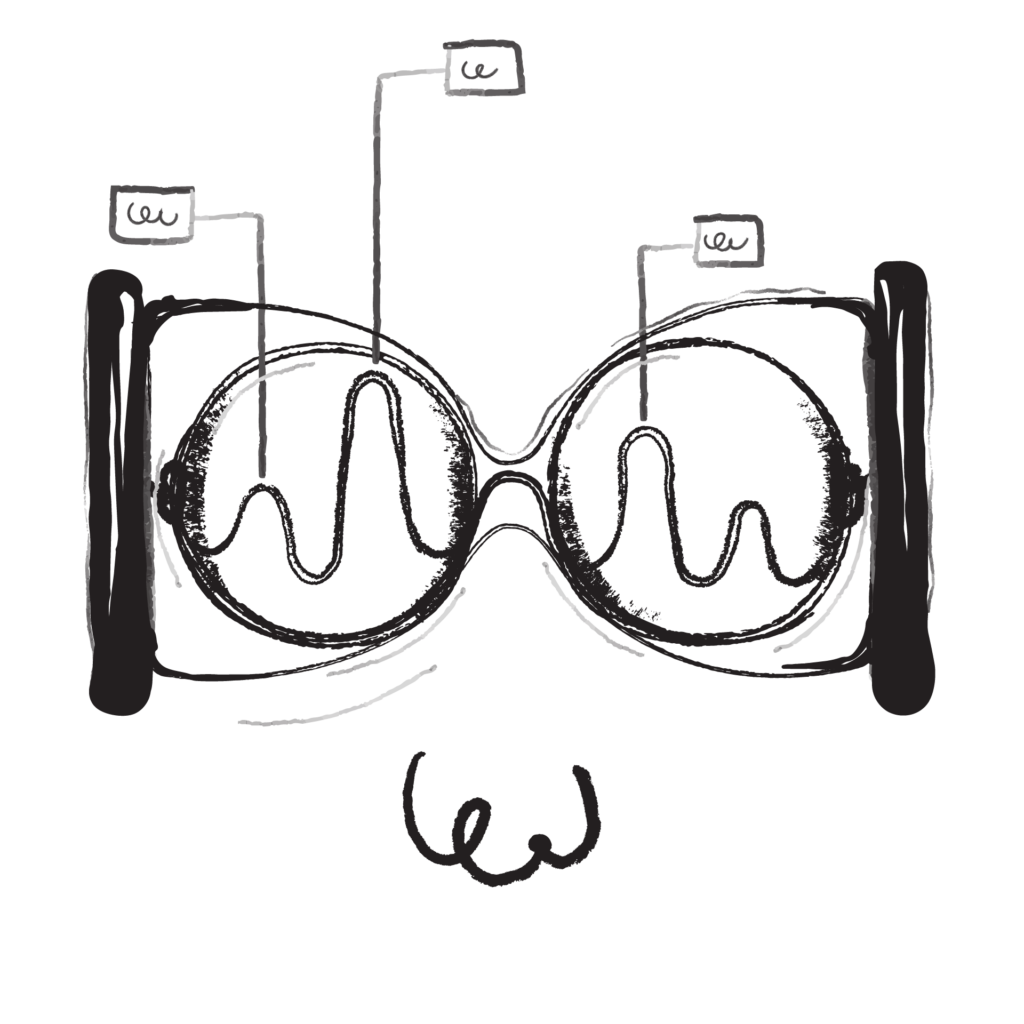What is Dyslexia?
TELL ME ABOUT DYSLEXIA
A child with dyslexia can feel very isolated and insecure. They are left wondering why everyone else is ‘so smart’. Often they are highly intelligent or just as smart but lack the language skills necessary to express their ideas. The conventional ‘language-heavy’ school culture can be exhausting. At risk is their self-perception. They may be wrongly labelled as lazy or dumb.
Yet dyslexia doesn’t have to prevent your child from achieving their dreams. Recent research reveals that those who struggle with dyslexia have an explorative bias crucial to human survival. This could explain enhanced abilities in the realm of creativity and invention.
DOES MY CHILD HAVE DYSLEXIA?
Dyslexia can be surprisingly hard to diagnose. Kids may mask their dyslexia by becoming super auditory learners. You may discover that they’re memorising stories instead of reading them. They are more concerned with the exploration of new knowledge rather than operating within the existing constraints.
Their language challenges may be confused for other disorders or for anxiety. It could just be their secret weapon! Either way, it can make dyslexia hard to detect for parents and teachers alike.
Dyslexia can be divided into 4 main types:
These categories are not officially recognised.
Phonological Dyslexia. This is also known as dysphonetic or auditory dyslexia. Linking sounds of letters and syllables to their written forms is the main barrier. There’s a big difference between wanting to ‘bat’ the dog, and pat it.
Surface Dyslexia. This is also known as dyseidetic or visual dyslexia. It’s when a child can’t recall the shapes of letters or words, no matter how much they’ve seen them before. It results from visual processing difficulties that make it hard to grasp visual information.
Rapid Naming Deficit. This refers to slow processing speed when it comes to naming letters, colours and numbers. This affects reading pace and language processing. It might also scupper their chances of being selected for that Literature Quiz.
Double-Deficit. This is also known as co-morbid dyslexia. Struggles present both phonologically and with naming speed. It is considered to be the most severe form of dyslexia and the majority of weakest readers will fall under this category.
A formal diagnosis requires an evaluation and personalised assessment by a qualified Educational Psychologist. Screening will help with early detection but is not always comprehensive enough.
WHAT ARE THE TELL-TALE SIGNS?
Language. Delayed speech and frequent blips with pronunciation are typical signs. A young child may struggle to recognise rhyming words. They miss words that begin with the same sound. Vocabulary may seem under-developed as they struggle with memory retrieval. They instead use generic words like “stuff” or “that thing” instead of a specific word.
Reading. Slow reading speed makes children with dyslexia reticent to read to themselves or out aloud. They make a lot of mistakes. They easily lose track of where they are on the page. They may complain that the words are dancing around. Reading out aloud in class is highly stressful and can becomes a source of shame.
Comprehension. When reading is so slow, it’s hard to take in the meaning of what’s being read. It’s easy to feel regularly lost. Keeping up with longer reading assignments makes comprehension tasks overwhelming. These children need a lot of time and support breaking text down into chewable chunks.
Working Memory. Frequent forgetfulness with the names of objects or people is another sign. Instructions are difficult to remember. At pre-school, they struggle to clap in time, learn the alphabet, days of the week, or months of the year. Later on, learning multiplication tables, memorising number facts and sequencing can seem impossible.
WHY DOES MY CHILD HAVE DYSLEXIA?
The exact causes of dyslexia are still being uncovered. A study conducted as recently as 2022 has been able to pinpoint a large number of DNA variants specifically linked to dyslexia.
The differences in the way the human brain develops and functions is usually due to events in the environment and the adaptation of genes.
What we know for now is that dyslexia typically runs in families, partly because of genetic factors. The social and emotional environment in which an infant grows also impacts brain development. The existence of dyslexia among some of us, however, could be adaptive and essential for our species’ survival.
How Is Dyslexia Treated?
Dyslexia is not a disease so there is no medical or magical cure. Proper and early diagnosis means children with dyslexia can learn to manage their learning difficulties.
Treatment for dyslexia usually includes:
Parenting Support. It helps to be one step ahead of your child’s learning journey. Learn as much as you can about their type of dyslexia. Be their greatest advocate. And do as much reading to them as you can. Stories inspire and will motivate them to keep exploring. Watching your child struggle is heart-breaking so get emotional support for yourself too.
School Support. Dyslexic children need one-on-one support from an especially trained teacher or therapist. A close working relationship between the teacher and the outside specialist is a bonus. Special accommodations can be made for your child when motivated for by a qualified educational psychologist.
Training. Lots of repetition, appropriate instruction and patience are key. Effective phonics training early on leads to fewer problems with reading later. Some use a multi-sensory approach combining sight, sound and touch. Look for programmes that use a highly ‘Structured Literacy’ approach.

Want to know more?
MatchMe Therapy is on a mission to help families. We’re just getting started so please get in touch if you want to learn more about what we want to do and how we hope to do it.
